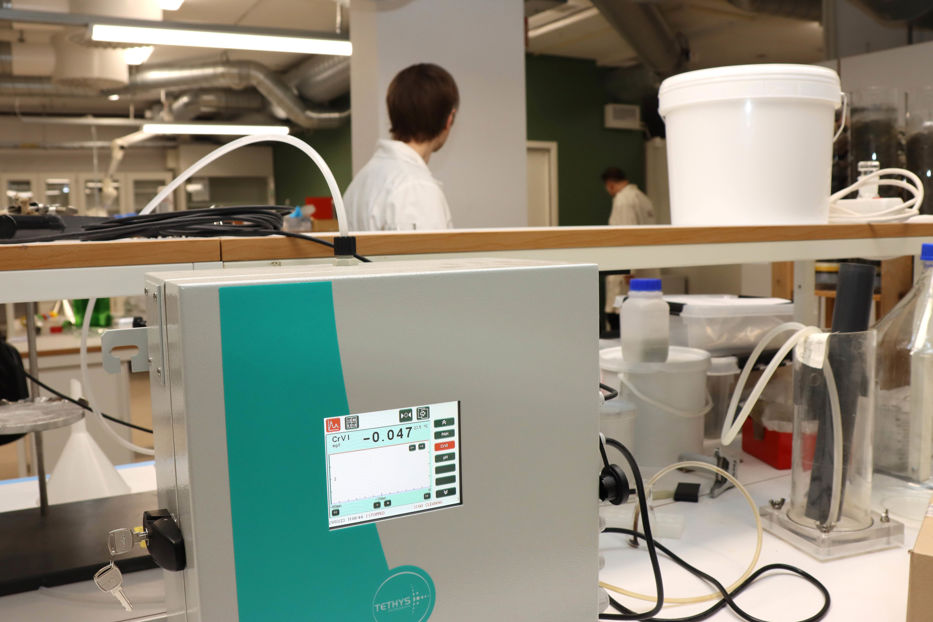Geochemical Testing
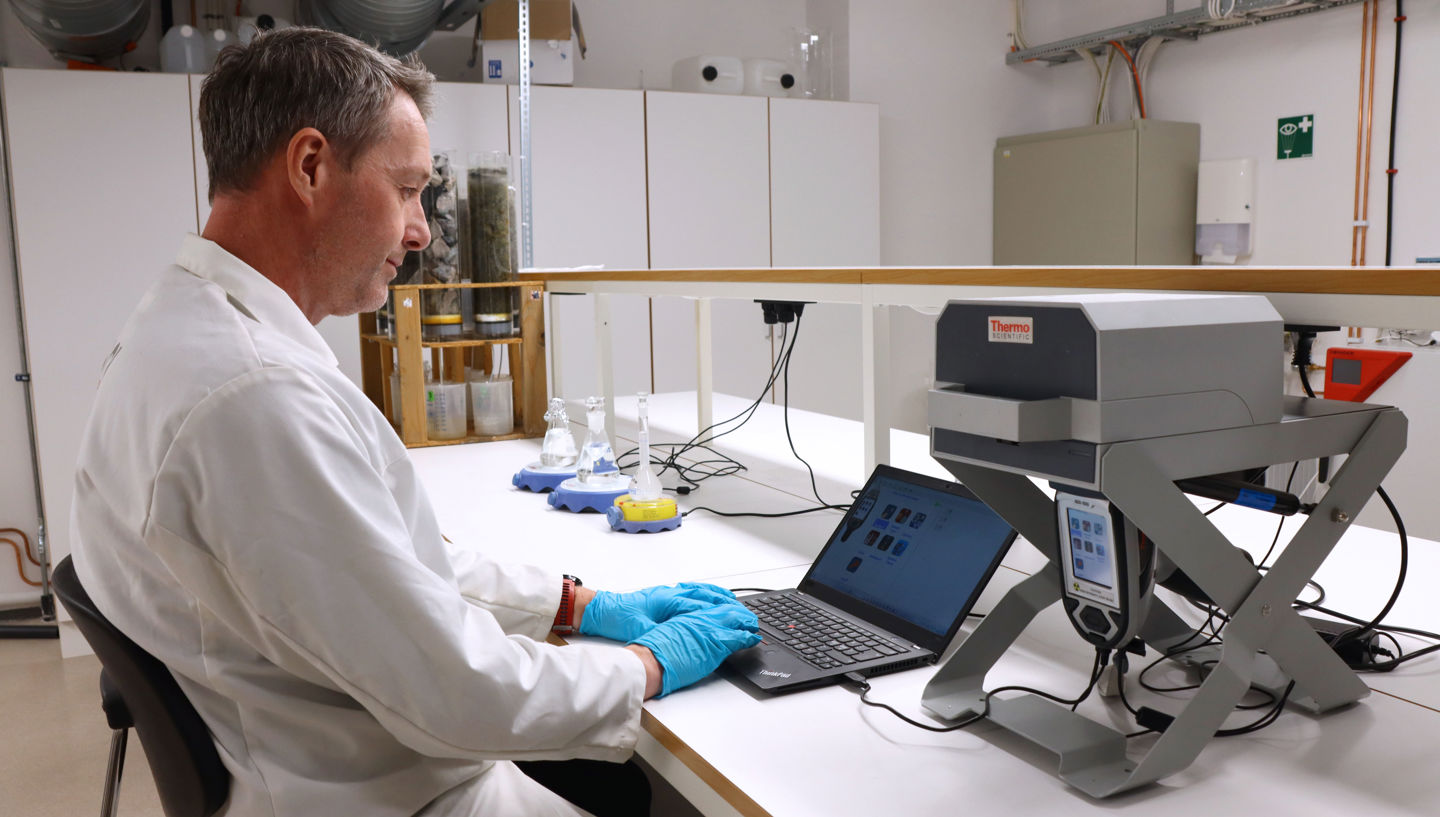
Join us in the lab
The geochemical laboratory is used for both routine analyses and ongoing research and innovation projects. The laboratory is set up to suit the activity being undertaken. This can include leaching experiments, analyses of microplastics, development of environmental sensors, and testing of intervention methods. We also collaborate with other laboratories to access test equipment we do not have ourselves. NGI employees, students, fellows, and postdocs operate the geochemical laboratory.
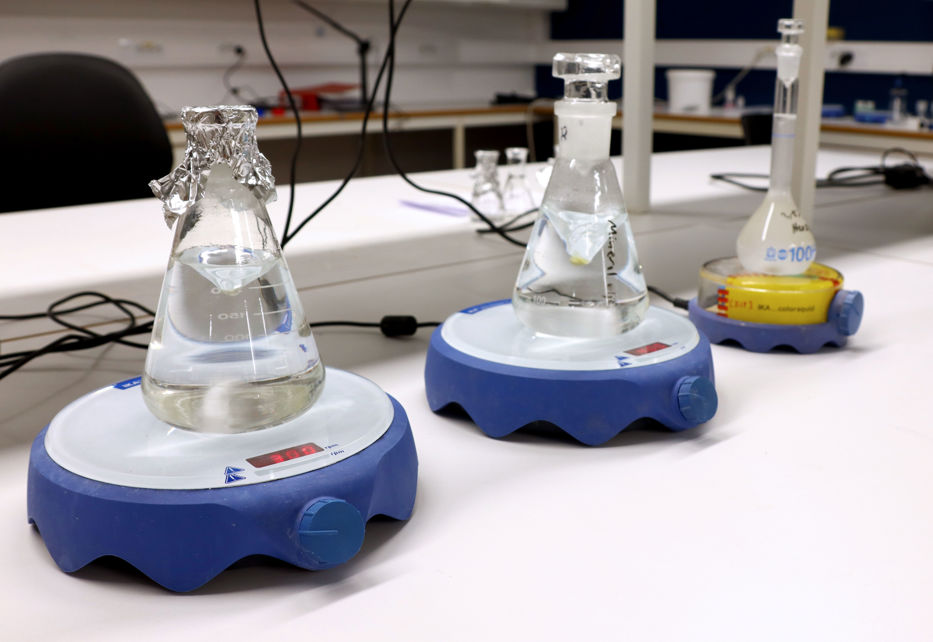
XRF
We use XRF to determine the concentrations of elements in a solid sample. We can characterize clay shale for the identification of acid-forming rocks and the calculation of radioactivity. Other times, we measure concentrations of heavy metals in soil as part of environmental analyses.
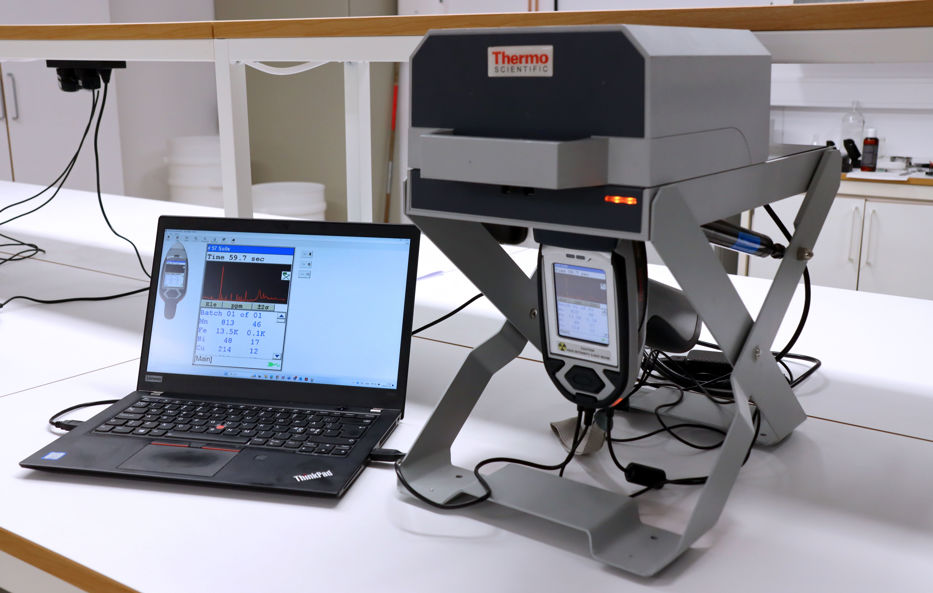
Microplastics
Microplastics are separated from the samples using a method developed by NGI. The publication is available if you want to read all the details. Microscopy and FTIR (infrared spectroscopy) analyze which types of plastic the microplastic consists of.
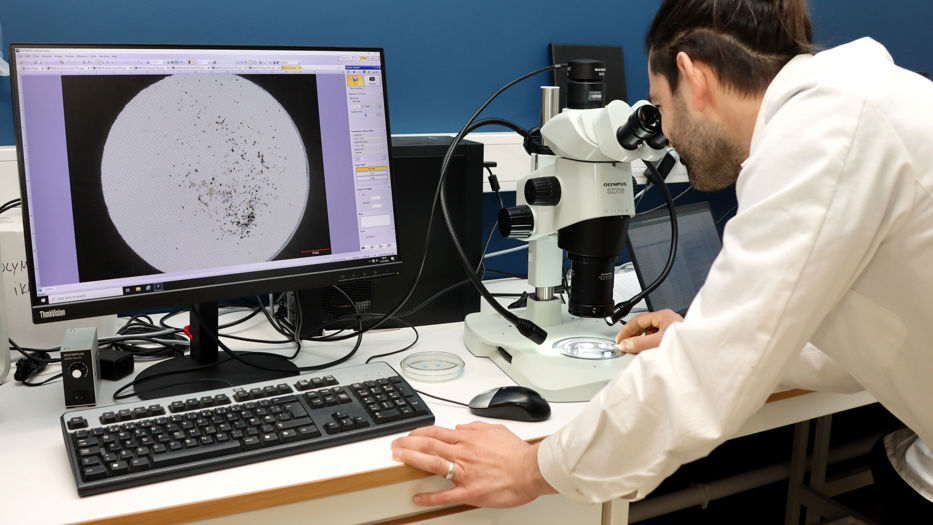
Chemical Archive
We use EcoOnline, an electronic chemical inventory system, which gives us a complete overview of the laboratory's chemicals and safety data sheets.
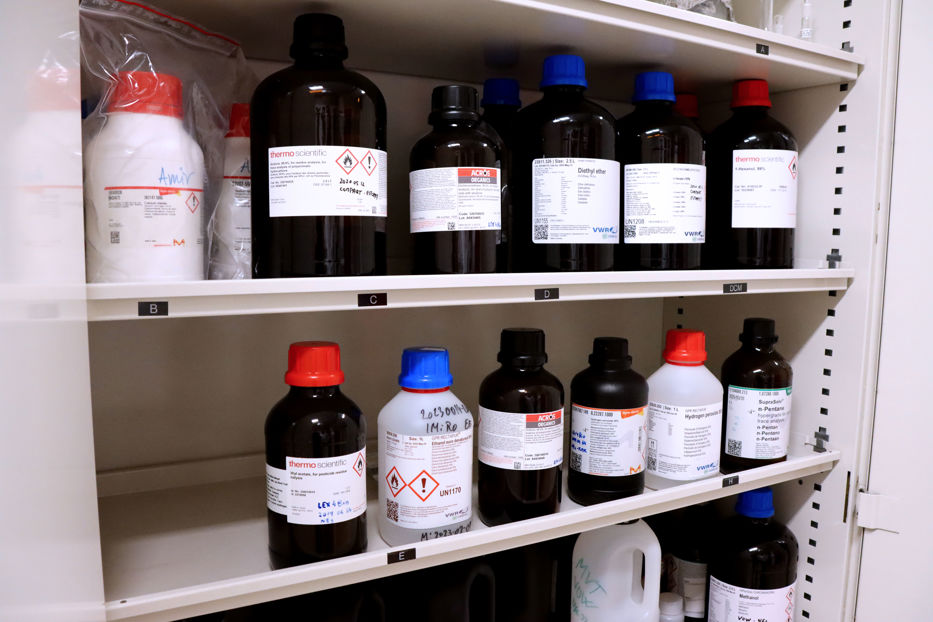
Tomorrow's solutions (you saw it here first!)
It can be time-consuming to take the sample and then wait for the result from the laboratory analysis. Don't worry; we agree with you. IMiRO makes equipment that measures organic pollutants in low concentrations in real time. Almost as easy as measuring pH in the field
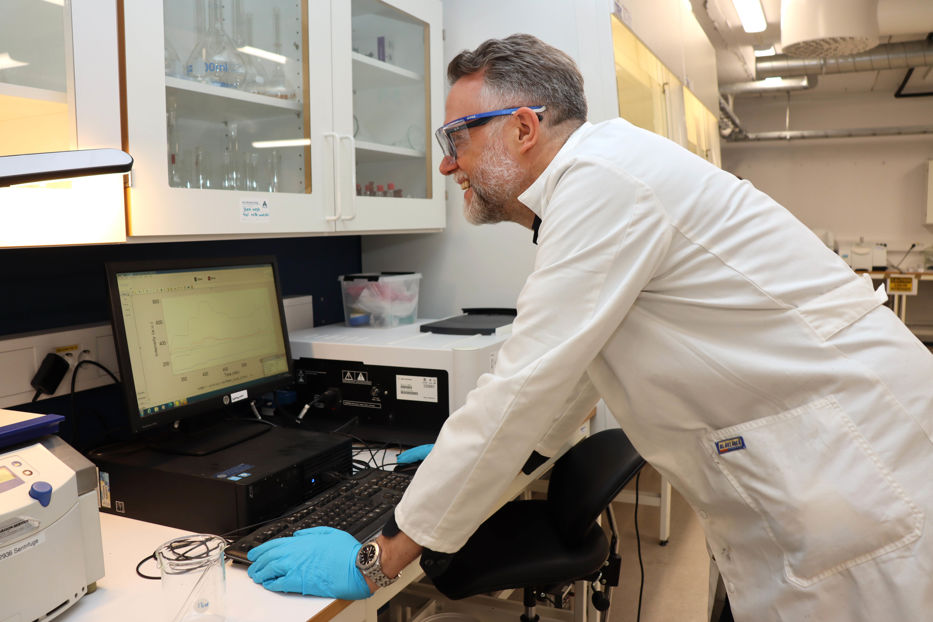
Leaching from acid-forming gneiss and shale
Natural materials can cause problems too. Swelling, formation of radioactive gas, leakage of acidic water. Here, tools are developed to provide answers to whether the rock can cause problems, and what can be done about it.

Leaching of chromium 6 from concrete - chromium 6 sensor
Leaching of chromium 6 from demolition of concrete materials can be a challenge. But what does it take to be able to reuse the concrete? How big is the environmental risk? Cathrine Eckbo finds answers in her PhD. Wouldn't it be great to analyze with immediate answers? Here, such an analyzer can be mounted in the water flow you must control.
